- Write by:
-
Wednesday, January 1, 2020 - 10:58:07 AM
-
752 Visit
-
Print
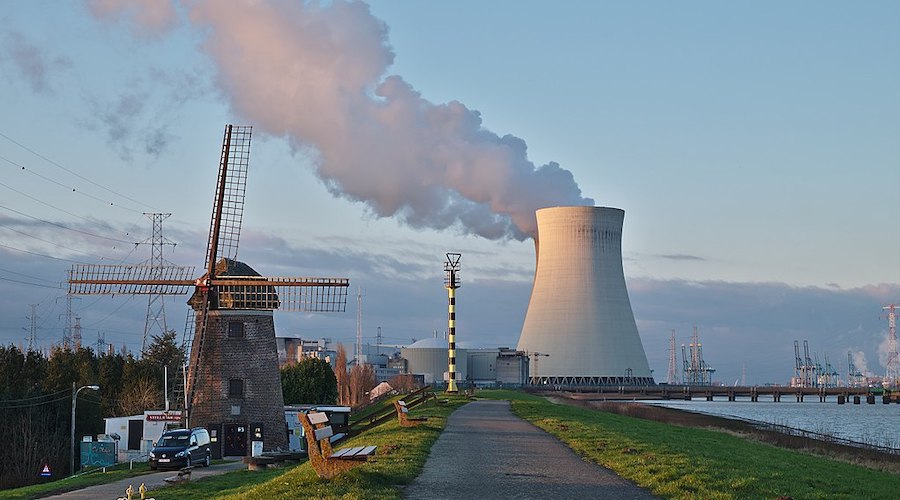
Mining News Pro - Researchers at the Massachusetts Institute of Technology have developed a method to reduce the volume of contaminated water that needs to be disposed of in nuclear plants.
According to Mining News Pro - In a paper published in the journal Environmental Science and Technology, the scientists said that the mechanism concentrates the radioactive isotopes that contaminate the water used for cooling the plants and allows for the rest of the water to be recycled through the plant’s cooling system.
The method makes use of a process called shock electrodialysis, which uses an electric field to generate a deionization shockwave in the water. The shockwave pushes the electrically charged particles, or ions, to one side of a tube filled with charged porous material, so that concentrated stream of contaminants can be separated out from the rest of the water.
During the course of their experiments, the group discovered that two radionuclide contaminants—isotopes of cobalt and caesium— can be selectively removed from water that also contains boric acid and lithium. After the water stream is cleansed of its cobalt and caesium contaminants, it can be reused in the reactor.
To test of the system, the researchers used simulated nuclear wastewater based on a recipe provided by Mitsubishi Heavy Industries, which sponsored the research. In the trials, after a three-stage separation process, they were able to remove 99.5% of the cobalt radionuclides in the water while retaining about 43% of the water in cleaned-up form so that it could be reused. As much as two-thirds of the water can be reused if the cleanup level is cut back to 98.3% of the contaminants removed.
“No other practical, continuous, economic method has been found for separating out the radioactive isotopes of cobalt and caesium, the two major contaminants of nuclear wastewater,” said Martin Bazant, senior author of the study, in a media statement. “Not only is the new system inexpensive and scalable to large sizes but, in principle, it also can deal with a wide range of contaminants. It’s a single device that can perform a whole range of separations for any specific application.”
According to Bazant and lead author Mohammad Alkhadra, while the method could be used for routine cleanup, it could also make a big difference in dealing with more extreme cases, such as the millions of gallons of contaminated water at the Fukushima Daichi power plant in Japan, where the accumulation of that contaminated water has threatened to overpower the containment systems designed to prevent it from leaking into the Pacific ocean.
Short Link:
https://www.miningnews.ir/En/News/466224

The United States speaks regularly with the Democratic Republic of Congo’s state miner Gecamines, a senior State ...

The United States is looking to Africa to help loosen a Chinese stranglehold on battery metals and reduce Russia’s ...
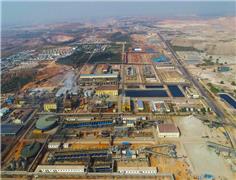
Democratic Republic of Congo and Chinese investors on Thursday signed an agreement reached in January that revises some ...
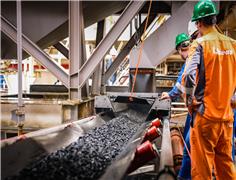
The Metals Company (Nasdaq: TMC) shares soared on Wednesday after Congresswoman Carol Miller (R-WV) and Congressman John ...
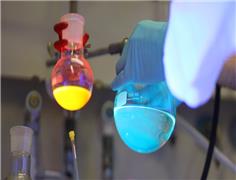
A researcher at the Leibniz Institute for Catalysis in Rostock has developed new methods for the synthesis of drug ...
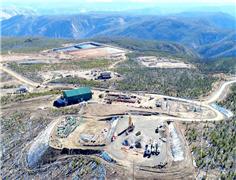
Australian miner Jervois Global Ltd. is cutting costs and jobs in response to a plunge in cobalt prices that it’s ...
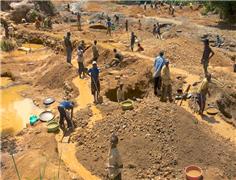
A federal appeals court on Tuesday refused to hold five major technology companies liable over their alleged support for ...

India launched the second part of its critical minerals auction worth an estimated 30 trillion rupees (about $362 ...
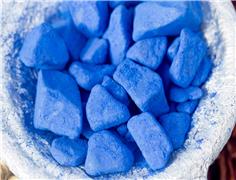
Insiders liken it to a “panic button.” And for more than 80 years, the primary job of the National Defense Stockpile has ...
No comments have been posted yet ...